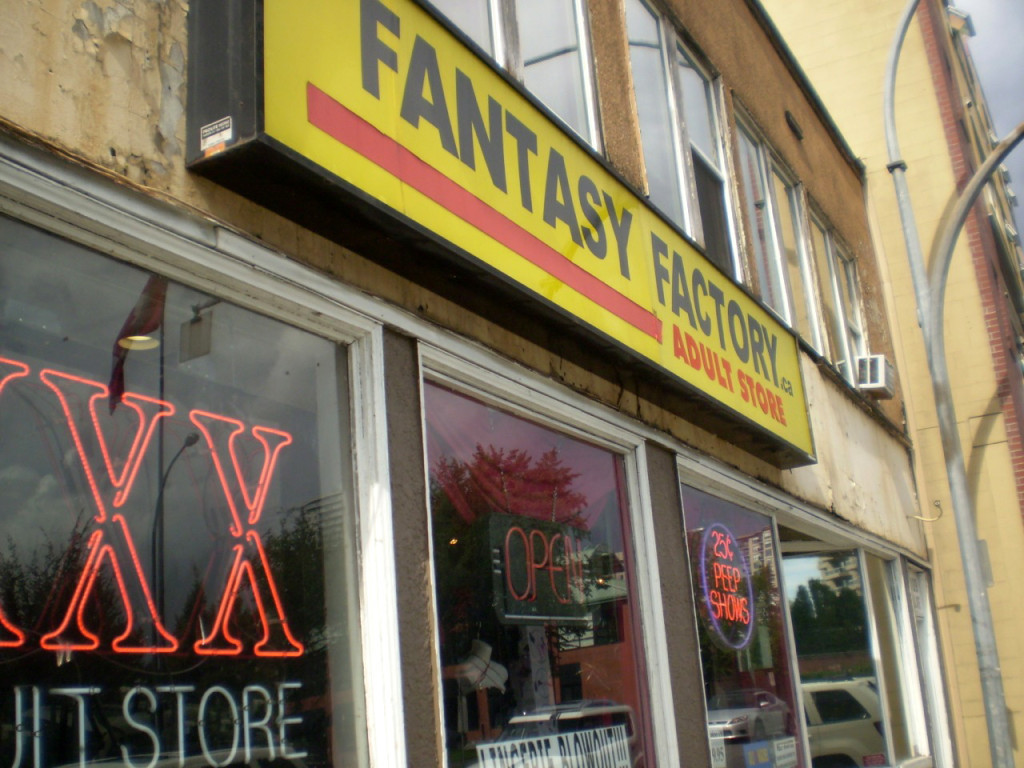The BC Teacher’s strike, the BC government, and what you need to know
By Natalie Serafini, Editor-in-Chief
That strike we’ve been watching with bated breath has continued its controversial yet consequential march. It’s been an entire summer in the BC Teachers’ Federation (BCTF) strike, and the teachers’ and public school system’s future remains uncertain.
On September 10, 99.4 per cent of teachers voted in favour of ending the strike via third-party binding arbitration; however, the government has voiced that it is unwilling to participate in this mediation. Said BC Education Minister, Peter Fassbender, about the prospect of binding arbitration: “It is not in the cards. It is not fiscally responsible. The BCTF needs to be prepared to put a mediated settlement in front of their members that addresses class size and composition.”
Right now, one of the more controversial matters on the bargaining table is proposal E80; specifically, the clause at the end of E80 that states, “Note: these provisions supersede and replace all previous articles that addressed class size, composition, and staffing levels.”
This clause is significant because in 2011, Justice Susan Griffin of the BC Supreme Court ruled that the government had infringed upon teachers’ Constitutional rights by taking away their collective agreement and bargaining abilities. As Sandy Garossino for the Huffington Post explains: “when E80 is drafted to supersede all previous articles, the BCTF says the government is trying to pull a fast one and nullify the Griffin ruling and the effect of any subsequent legislation. The government protests that the union is just being paranoid, it would never try such a low-down dirty trick (good idea though).”
Although Fassbender says that E80 is up for debate, productive negotiations between the parties have yet to take place.
I was in the seventh grade during a previous teachers’ strike, and I can recall the emotionality of my teacher as she explained this foreign idea of political struggle and strife to us. She didn’t want to strike—few teachers do—but she recognized the need to speak out against the decreasing funds and increasing pressure on the public school system. Fast forward several years later, and we’re in essentially the same position we were last time. This time it’s more dire though, with funding cuts, larger classes, and greater need for specialized staff.
The government has persistently attempted to paint BC teachers as out for money, offering them a signing bonus of $1,200 months ago in an attempt to end the strike early. While I’ll grant you that teachers are woefully underpaid and certainly deserve a salary increase, that’s not what the strike is about; it’s frankly insulting to the teachers and students that their needs have been treated so reductively, and to BC voters at large that our analytical abilities have been so underestimated.
The BC teachers’ strike has always been—since I was in the seventh grade, and likely since before my memory serves—about the cuts to funding, educators’ autonomy, and support staff. The support staff are incredibly important, even more so in the context of increasing class sizes. It isn’t possible to take care of all 30+ students who need help and attention, as well as any students who need extra help in the form of special education assistants, counsellors, and the like. All suffer from the lack of available support and resources.
These negotiations aren’t new, though: the BC government and the BCTF have a long and embroiled history together, peppered with strikes and contentious legislation aplenty. The BC Liberal Party was elected in 2001, and almost immediately we started to see changes to the public school system: it was in 2002 that Bills 27 and 28 were enacted, affecting the collective agreement and bargaining rights of the BCTF, especially with regards to class size and composition. Ensuing strikes (10 days in 2005, and three days in 2012) pushed for improvements to the public education system. With little change following Justice Griffin’s 2011 ruling, the BC teachers moved to go on strike at the beginning of this summer.
Even before all this hubbub, the Globe and Mail reports that following the teachers’ winning “the right to collective bargaining in 1987 there have been 52 strikes, a series of controversial legislation, bitter court battles, and only a single new contract signed without the aid of strikes or legislation.” The issues between the BC government and the BCTF, while perceived as emerging from the genesis of the Liberal Party’s reign, is a worn-out battle that just keeps getting older. As retired history professor of U-Vic, Thomas Fleming said, “the battle between them has been biblical.”
While I support the teachers and their demands, this current strike has rapidly become an ego-match between Premier Christy Clark, Fassbender, and BCTF president Jim Iker. The news reports are decreasingly about the kids and teachers and more about the faces in this stand-off, as one side professes that the other is unwilling to bend, and vice versa.
Neither side is astronomically different in their proposals. Granted, even small changes in class sizes can have huge cost effects, but there aren’t seas of difference between one position and the other: the government isn’t trying to push 70 students into a classroom, and the teachers aren’t trying to reduce the number of students per class to five. There is a middle-ground that it would be entirely reasonable to mosey on over to. While mediator Vince Ready said to the CBC “I don’t see a resolution here before the start of school given the positions of the parties … They are a long, long ways apart,” he wasn’t talking about their actual positions on the debate; he was referring to the respective sides’ reluctance to compromise and communicate.
This inability to negotiate has come up before, as in 1995: during those negotiations, the Globe and Mail reports that “the BCTF vowed ‘no concessions.’ … The government viewed the talks as a ‘blank slate.’ With no agreement possible, both sides agreed to extending the existing contracts to 1998.”
Negotiations cannot originate from a resistance to compromise. Both sides have to give a little—not just the teachers or the government; if not, as Ready suggested, there will be no progress. Unfortunately, with all the build-up over the last few months, I don’t see either the government or the federation relenting willingly.
The teachers are not in the wrong at all, but I can’t with complete assuredness say that the federation is in the right. Although the BCTF reportedly offered to cut over $100-million from their requests for increased wages and benefits, clearly neither side is willing to meet in the middle. As Fassbender said, “There is still over $300-million of gap between [the BCTF and] what the government has put on the table.”
While, again, I support BC teachers and my heart breaks for the boundless hostility they’ve had to face, the people who are getting lost in this ongoing, seemingly endless dispute are the kids.
Kids who are in need of increased support staff are suffering all the more from a complete lack of educational support. At-risk youth are missing out on educational structure while these interminable negotiations go on. The kids who might struggle in school initially but prosper under a teacher’s attentive guidance are only benefitting from what $40/day can get their parents.
This is also an issue that seriously affects parents—particularly those at lower income levels who have to find arrangements for their kids while working. It’s little wonder that a recent Iposos Reid poll shows 35 per cent of parents in favour of the BC government and 33 per cent on the side of the BC teachers—a near perfect split.
While I support the teachers, my feelings towards this seemingly unending and increasingly unproductive strike are, similarly, a near perfect split. As we hope for improved educational environments, keep in mind that the educational environments are entirely unavailable to students right now.



